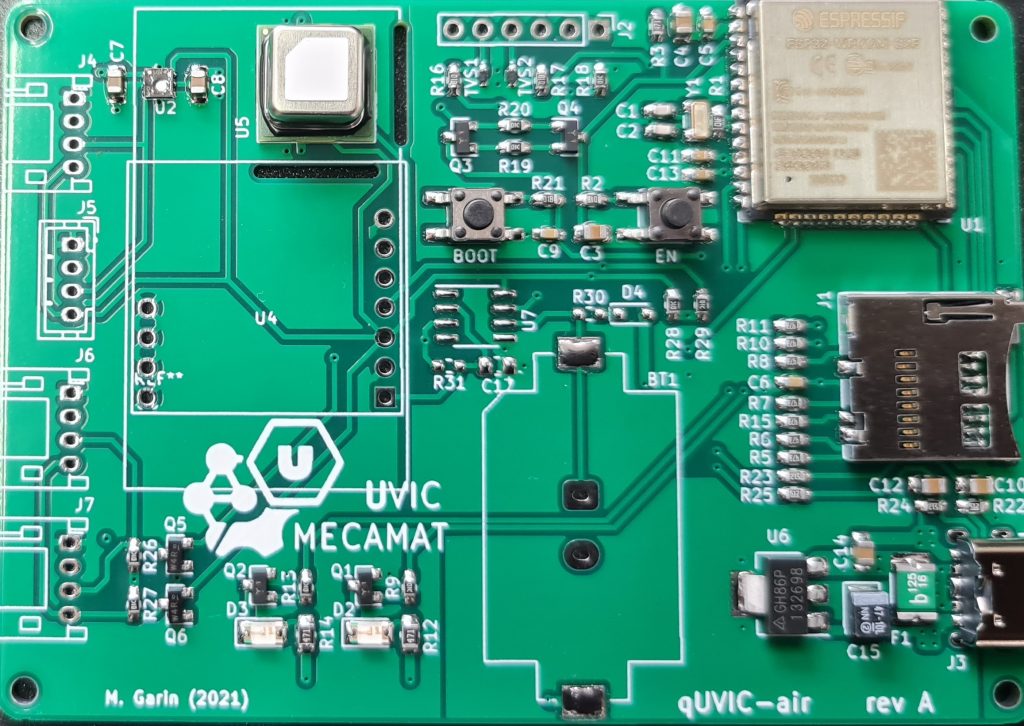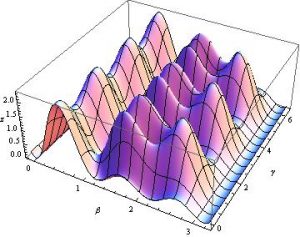Our research focuses on different aspects of Mechatronics, Modelling
and Materials.The main research topics of the group are:
- Mechatronics: developing prototypes for Cultural Heritage, Environmental and Food science.
- Modeling systems and data analysis
- Modern and ancient materials characterization
- Educational Robotics: STEM
Mechatronics’ research area has three main research line based on the smart industries: Mechatronics systems, Cyber-Physical Systems and Internet of Data (IoD).
MECHATRONICS UNIT MEMBERS
- Moisès Garín
moises.garin@uvic.cat - Juli Ordeix Rigo
juli.ordeix@uvic.cat - Joan Nicolás
- joan.nicolas@uvic.cat
- Jordi Serra
jordi.serra@uvic.cat - Gerard Masferrer
- gerard.masferrer@uvic.cat
- Walburga Kerschbaumer
- walburga.kerschbaumer@uvic.cat
- Mainardo Gaudenzi Asinelli
- mainardo.gaudenzi@uvic.cat
The MECAMAT – Modelling Unit research focuses on the mathematical modelling of dynamical systems in physics and engineering, with a particular interest in models for celestial mechanics and morphodynamics of coasts. The main focus is the application of mathematical methods to the problems resulting therein. A part of our research is devoted to the theoretical study of differential equations of interest in the applications, studied both from analytical and numerical point of view.
MODELLING UNIT MEMBERS
- Josep Maria Carbonell
- josepmaria.carbonell@uvic.cat
- Montserrat Corbera-Subirana
montserrat.corbera@uvic.cat - Josep Ayats
- josep.ayats@uvic.cat
- Raimon Pericas
raimon.pericas@uvic.cat
The MECAMAT – Material Unit research focuses on the study of materials such as ceramics, metals, glass pigments, stones, mortars, etc. A special focus is given to cultural heritage materials, both archaeological and historical. The physical-chemical characterization of ancient materials has a twofold aim:
- to disclose specific technological patterns and technological changes, and its socio-cultural implication
- to support conservation science in cultural heritage preservation
Microestructural studies; SEM, OM, TEM, Microprobe, AFM. Chemical and mineralogic anlayses: X-ray Diffraction, Synchroton techniques (EXAFS, mico-XRD), UV-Vis, XRF, calorimetry, TG and DTA. Mechanical properties: HV, HB, Rockwell, Tensile-stress. Thermal treatments.
MATERIAL UNIT MEMBERS
- Judit Molera-Marimon
judit.molera@uvic.cat - Moisés Garín
moises.garin@uvic.cat - Mainardo Gaudenzi Asinelli
mainardo.gaudenzi@uvic.cat




